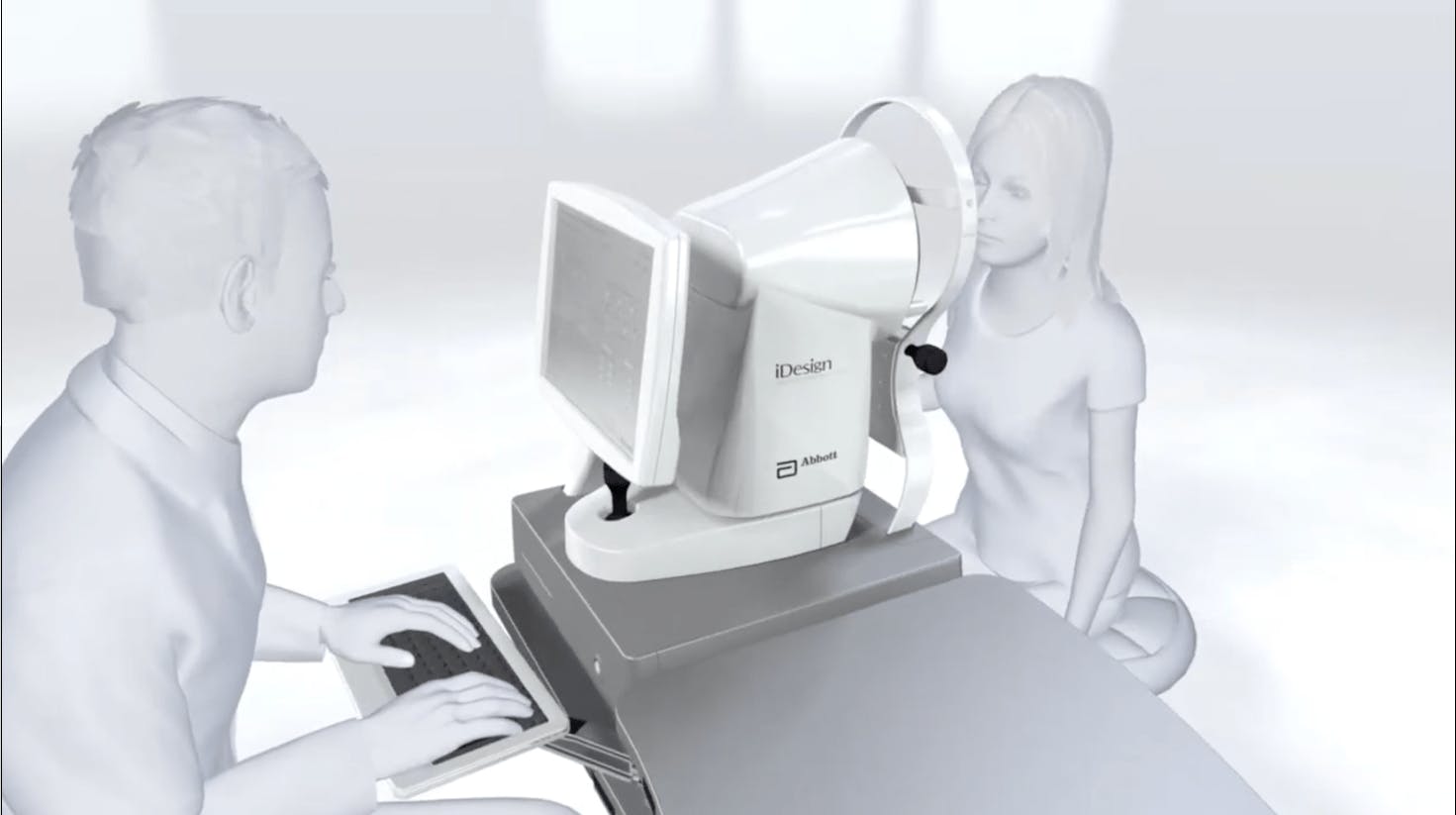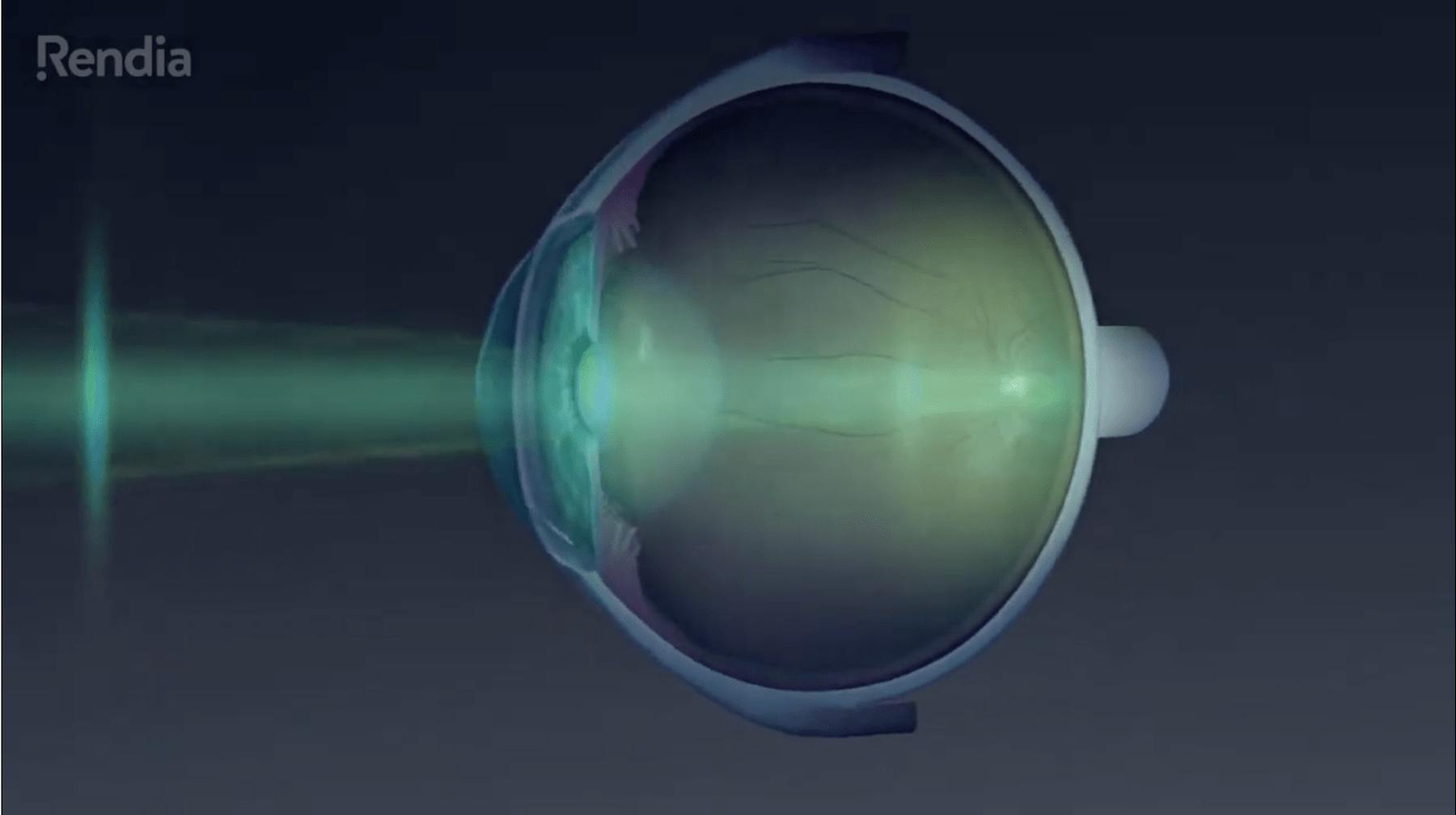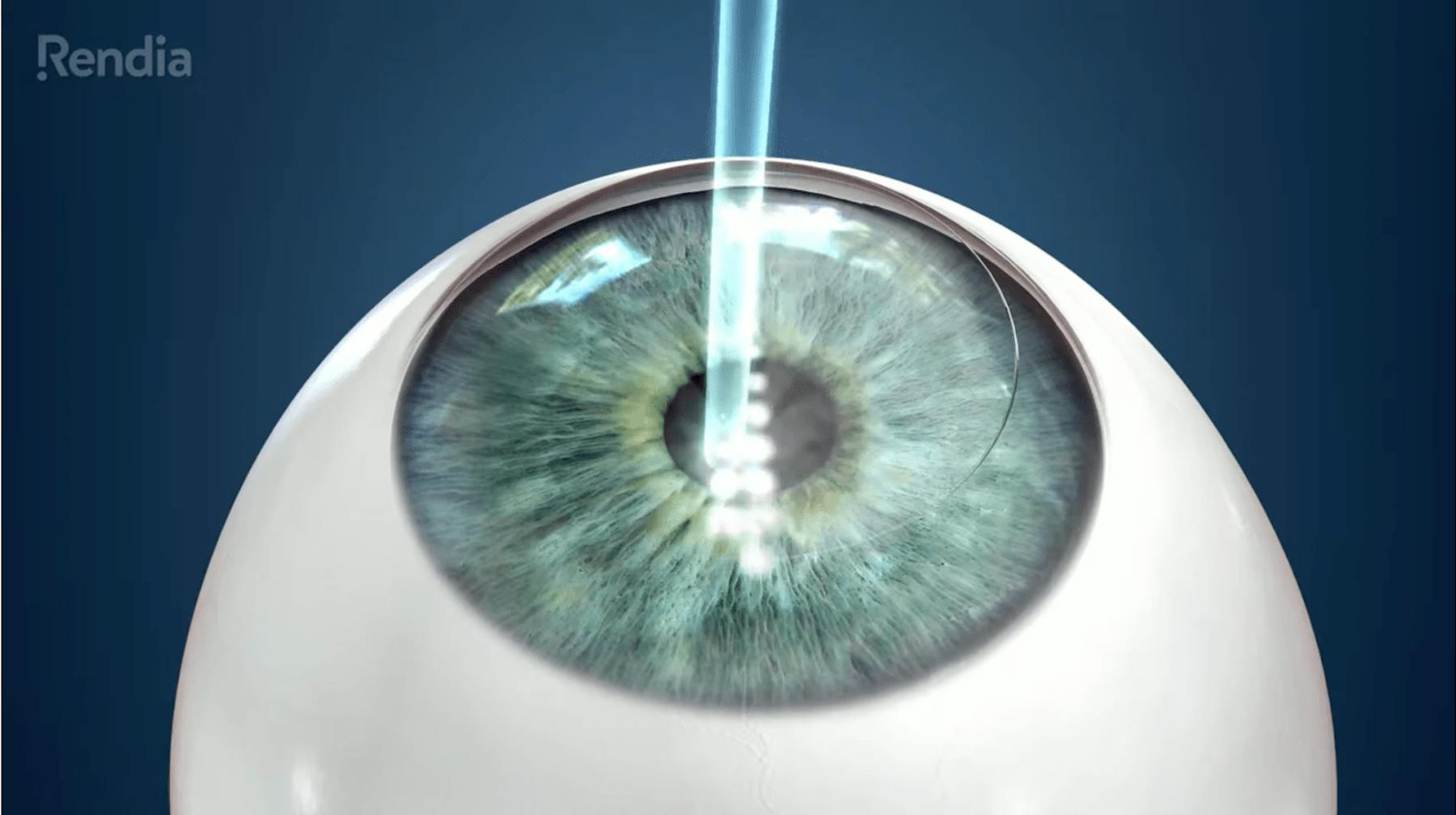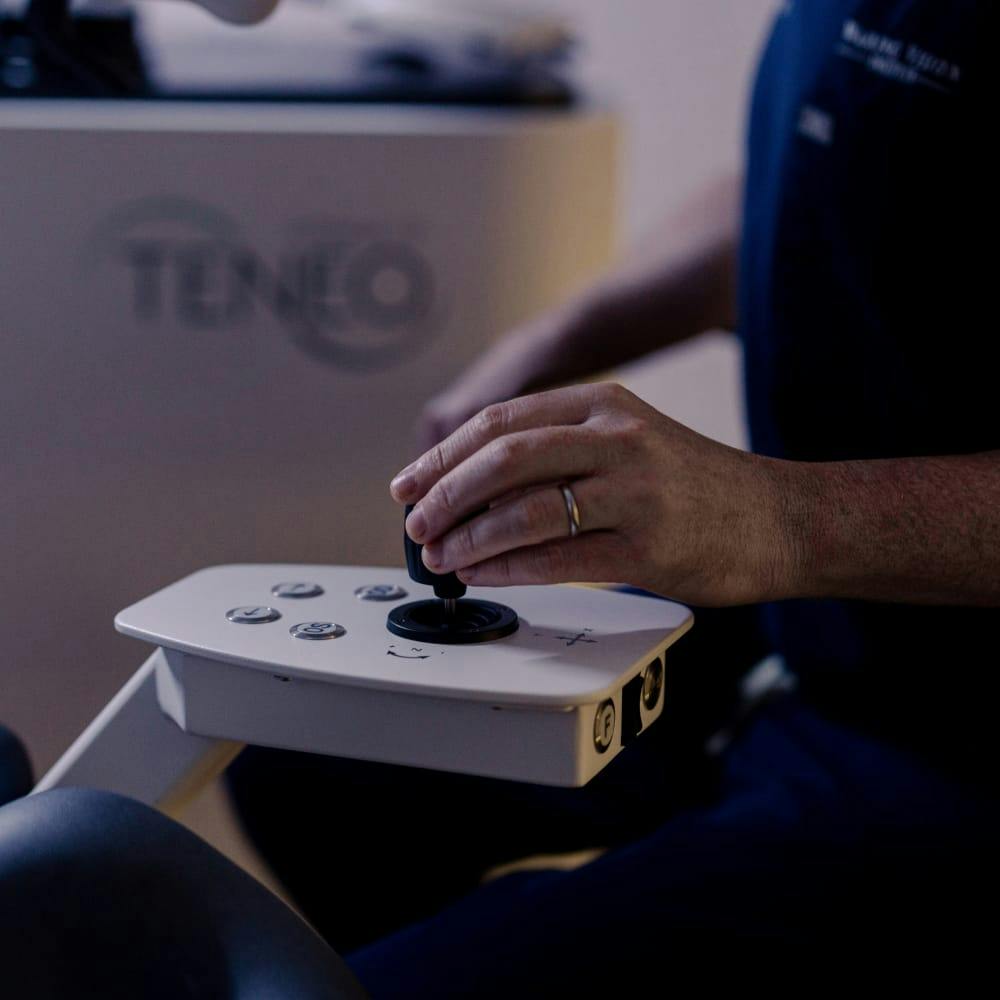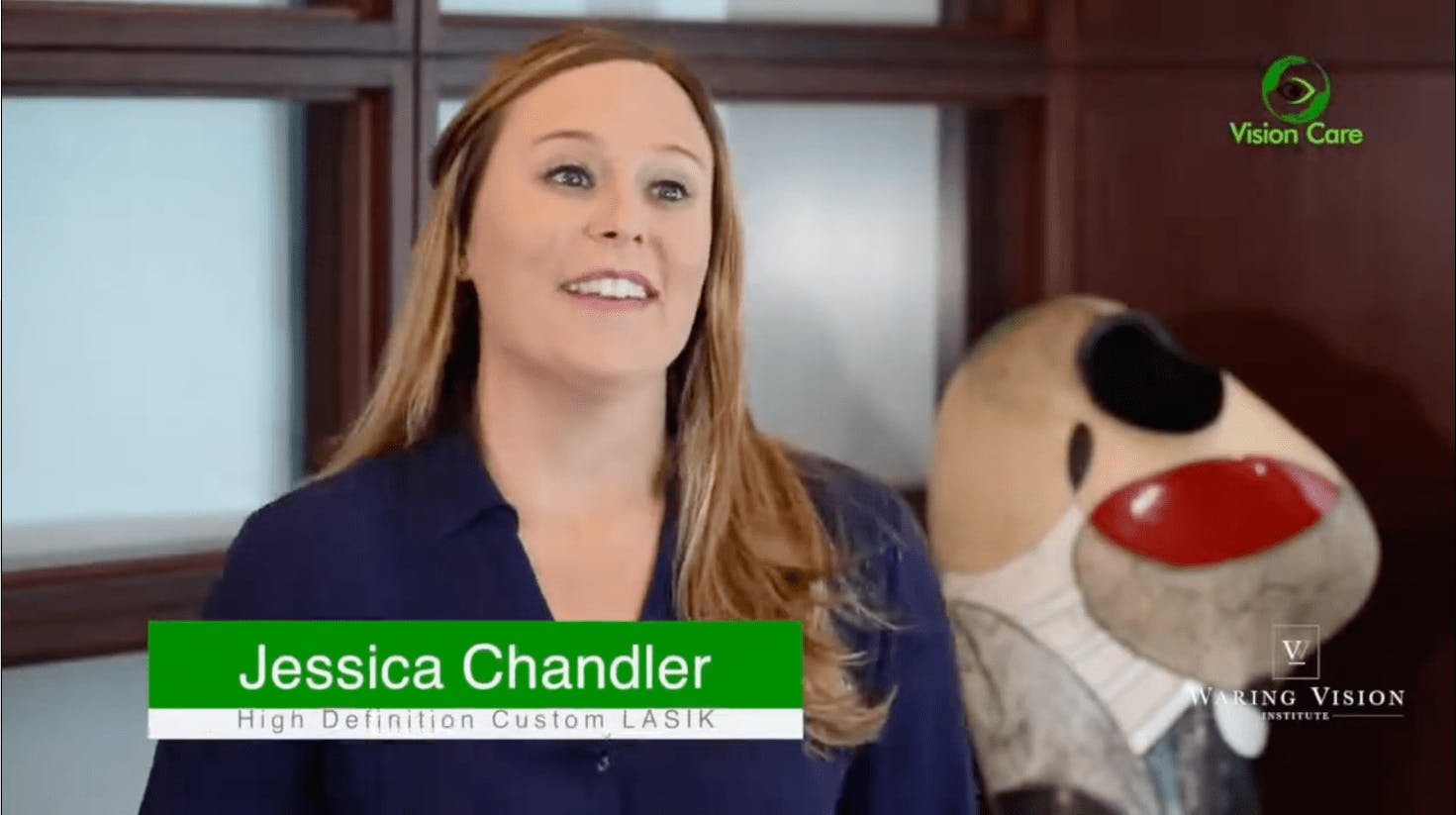Dr. George Waring is a respected leader in LASIK surgery procedures. He and Dr. Michael DeCourcey are actively engaged in clinical research, collectively authoring over 100 scientific papers, and have been sought after to deliver lectures on advanced surgical treatments across four continents.
LASIK Procedure
The first step in LASIK surgery is a consultation and our advanced ocular analysis with our experienced ophthalmologist. In your consultation, Dr. Waring will evaluate your eyesight and identify your unique issues, whether myopia, hyperopia, or astigmatism to determine if you are a good candidate for LASIK. If LASIK is an appropriate treatment for you, a follow-up appointment for the procedure will be scheduled. Rest assured that Dr. Waring delivers the highest of quality LASIK in Charleston SC.



